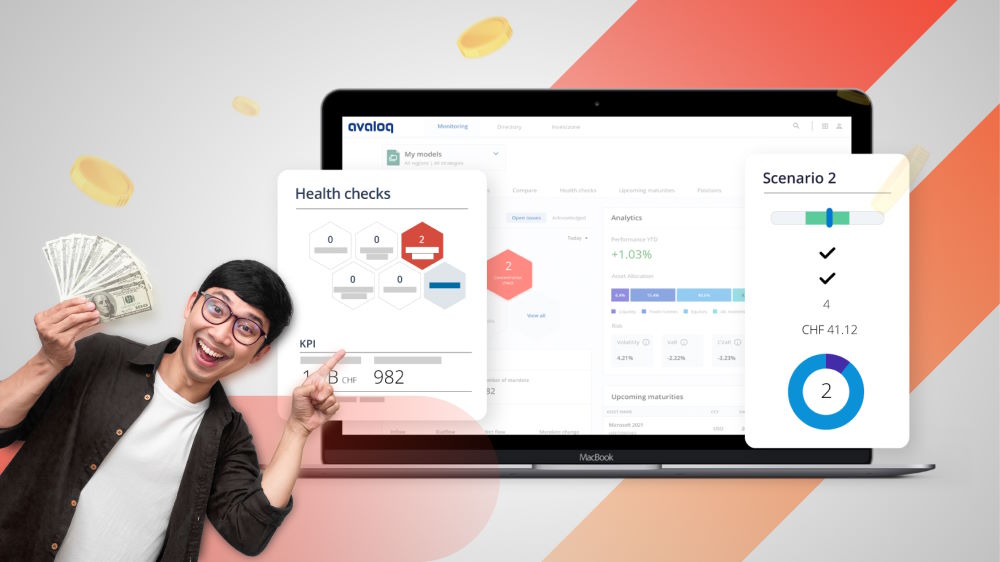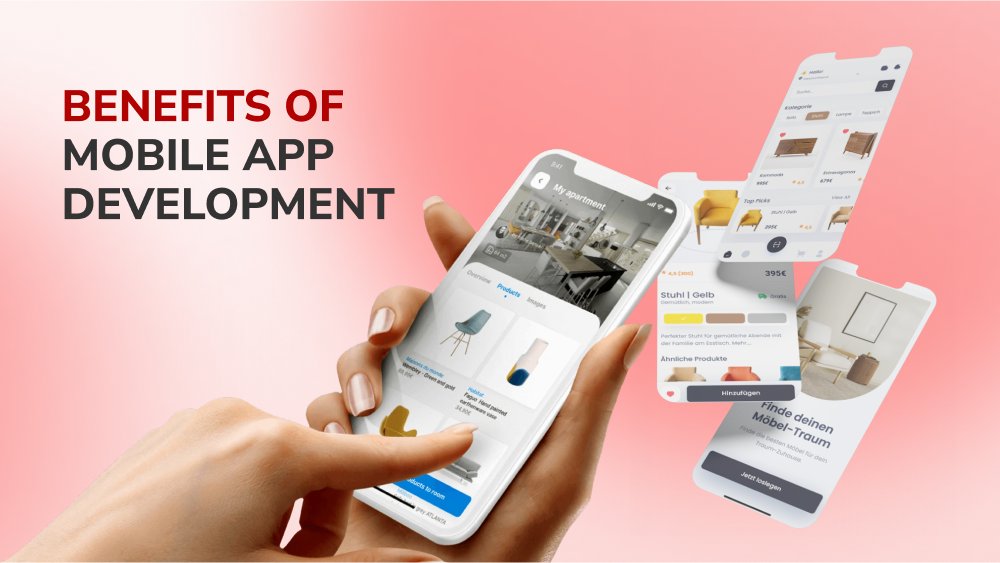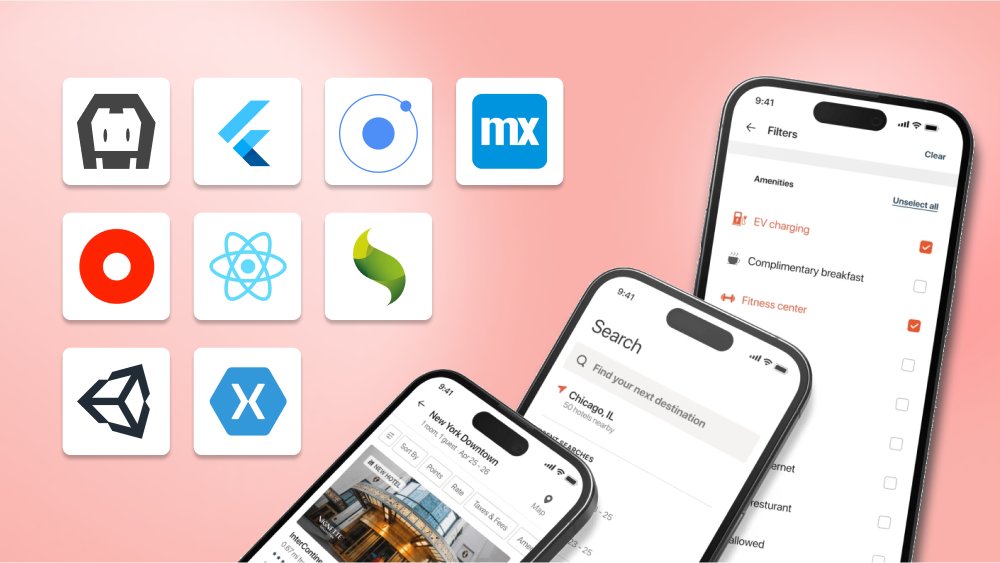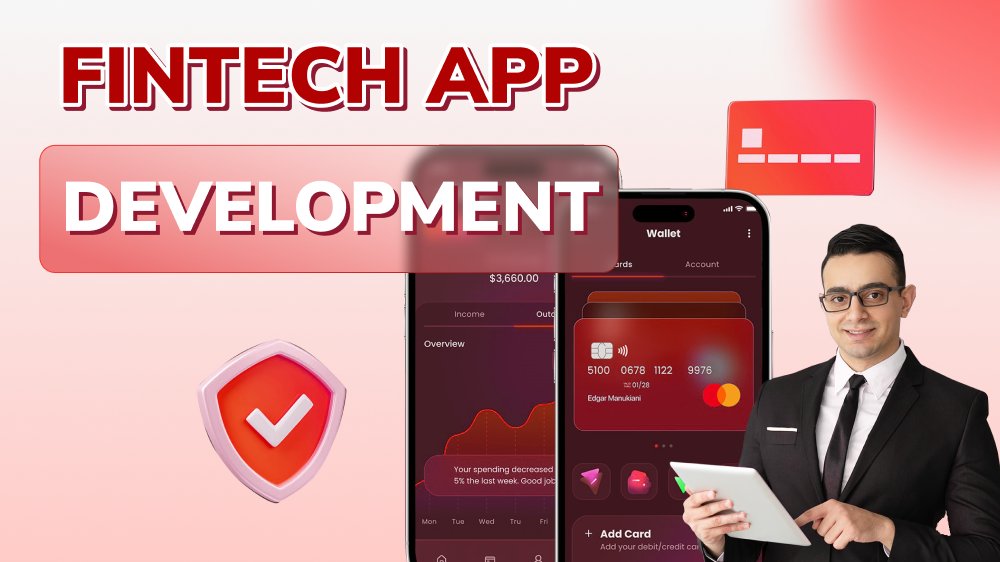Bridging the Gap in Healthcare with Telehealth App Development
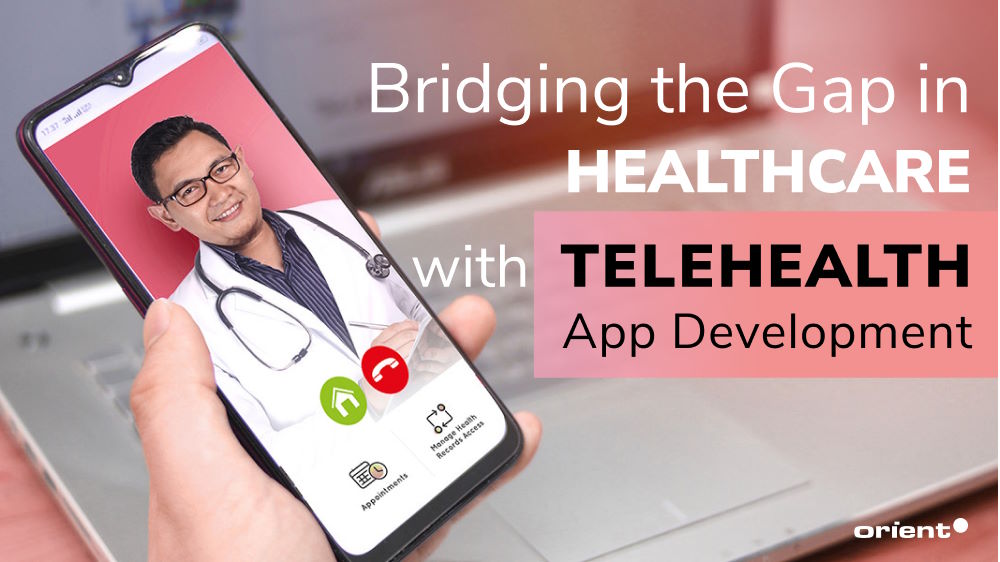
Content Map
More chaptersThe global telehealth market is growing at an impressive rate. The estimated size of the world health industry in 2023 is estimated to be $101.2 billion and it is anticipated to expand at a compound annual growth rate of 24.3% between 2024 and 2030.
There are several factors driving this growth, including the rapid evolution of the healthcare industry during and following the pandemic, increased public awareness of the importance of healthcare, greater reliance on telehealth services, a shortage of healthcare providers, and the integration of telehealth into healthcare organizations. This presents an excellent opportunity for software developers to create high-quality telehealth applications for doctors and patients to bridge the gap in healthcare.
What you’ll find in this article is exactly how to go about this venture, step by step.
What Does a Telehealth App Do?

Definition
Telehealth apps act as a bridge between healthcare professionals and patients, allowing them to connect in a digital environment. Patients can contact their physicians from any location at any time. At the same time, doctors can easily evaluate, diagnose and manage patient’s electronic health records and schedule follow-up consultations.
The app is convenient and gives those who are disadvantaged, like elders, the disabled, or those who live in rural areas, access to healthcare they otherwise wouldn’t have. Instead of traveling long distances and spending extra to get the consultations, patients only need to wait a few minutes from the comfort of their chosen location.
Telehealth Vs. Telemedicine: The Subtle Differences
Telemedicine is a term often used interchangeably with telehealth. Generally, telehealth is a term evolving from the term telemedicine. Their specific definitions are as follows:
- Telemedicine refers to the telecommunications technologies that support the delivery of all sort of medical, diagnostic, and treatment-related services, oftentimes by doctors. For instance, it refers to the tools used for remote patient monitoring and remote consultations like diagnostic tests, therapy, and access to specialists who are not physically present.
- Telehealth is very similar to telemedicine. However, its definition refers to a broader variety of healthcare services beyond the doctor-patient relationship. This means it also involves services provided by nurses, social workers, or pharmacists.
Despite their nuances, this article will use telemedicine and telehealth interchangeably. This will make it easier for the reader to research further material on this topic as needed.
Types of Telehealth Apps

There are various kinds of telemedicine apps you can work on to accomplish the primary objectives of remote consultations and remote patient monitoring.
Remote Monitoring Telemedicine Apps
As the name suggests, remote monitoring apps allow healthcare providers to monitor patients’ acute and chronic conditions using technology. Its usage has been accelerated by the pandemic, and its market continues to grow strong. According to Insider Intelligence, by 2025, remote patient monitoring instruments will be used by 70.6 million US patients, equivalent to 26.2% of the total population. This is partly due to its low costs, convenience, and highly efficient monitoring.
Store-and-forward Telemedicine Apps
Another type of telemedicine app development worth considering is a store-and-forward app. This app collects patient data and medical records in the form of lab reports, X-ray images, MRI scans, or skin lesion images and then sends them to specialists. This information is then evaluated by healthcare practitioners outside of direct interaction with patients, giving space for specialist care. This is a popular practice in pathology, dermatology, radiology, etc.
Telemedicine Apps for Real-time Interaction
Similar to video conference apps, real-time interaction telehealth apps give doctors and patients a digital space to do consultations using video or just audio. Just like direct check-ups, the patients can turn on their videos so doctors can see the symptoms while the patient describes their condition.
Why Telemedicine App Development?

Telemedicine app development brings numerous benefits to the table for healthcare specialists, patients, and the developers themselves.
Benefits for Doctors
Safety
This is especially crucial during sensitive times like pandemics, where the safety of both patients and physicians is of utmost importance. By allowing physicians to care for patients remotely through screens, they can effectively provide medical care while lowering the risk of exposure to infectious diseases.
Easy Access
Having the patient’s medical history centralized in the telehealth mobile app or telemedicine app cuts down the time needed for research or data back-tracking. Thereby, healthcare professionals can make more informed decisions in a shorter time.
Constant Monitoring
Telehealth gives doctors constant access to the patient’s condition. The lack of medication adherence can be a big problem. A study has found that 50% of the patients don’t adhere to the prescribed medication, while a patient typically needs to adhere 80% or more to chronic medications for the best therapeutic efficacy. Therefore, telemedicine solutions help doctors constantly keep an eye on patients and improve overall medical outcomes.
Benefits for Patients
Convenience
A telemedicine platform gives patients access to healthcare at the tip of their fingers. This allows them to get help fast from the comfort of their own homes. Even if their chosen physician isn’t available, they can always search for help from a suitable replacement.
Access to the Needed Physicians
Often, when we are searching for a specific kind of doctor, we ask around or google to see what our options are. However, with telemedicine software, you can find and connect to a dermatologist or an ophthalmologist in a matter of minutes.
Cost-effective
Telemedicine services save time and money. Patients don’t need to spend money on long trips to the hospital and then wait in long queues until it is their turn.
More Efficient Treatments
Users have instant access to their digital prescriptions without the hassle of handling physical ones. Gone are the days of fearing the loss of physical prescriptions. Patients can quickly get their medications from the nearest pharmacy. Also, the constant contact between the caregiver and patient increases medical adherence, resulting in better recovery.
Potential Lucrative Side Hustle
Another strong reason that you should develop a telemedicine app is it has the potential to fill your pockets. You can monetize your telemedicine application using two approaches: Pay-per-appointment or subscription-based.
- Pay-per-appointment: Users pay a predetermined fee for each appointment (this fee also goes to a telehealth development company). Depending on the medical professional’s qualifications, the fee might not look the same for every appointment. So far, this is the most common monetization approach.
- Subscription-based Approach: In which users pay a subscription fee to the software development company for a certain period. The company can recruit medical professionals on board to offer medical services.
You can also earn money from in-app ads, provide corporate care, or offer white labeling and API access, allowing healthcare providers to use your app under their brand, generating licensing fees, and allowing third-party integrations. This enables profitability and adaptability to local regulations.
The possibilities are endless. To best understand what options you have, it is best to team up with a team of professional developers like Orient Software so you understand what options are best when it comes to your unique circumstances.
Learn From the Top Telehealth Apps to Incorporate Essential Features

An efficient telehealth app development process requires you to be aware of the features you need to include in the application. There are some must-have features and nice-to-have features. To save you legwork, we have compiled the major features of successful telemedicine apps, having learned from some of the most popular software on the market, like Doctor on Demand, Teladoc, Amwell, MDLive, and GoodRx.
Telemedicine apps for patients should include the following key features:
- Easy registration
- Patient profile
- Custom searches
- Appointment booking
- Integrated payment systems
- Audio calls and video calls
- Messaging
- Review
For healthcare providers, these features would make their lives much easier:
- Easy registration
- Professional profile
- Appointment management system
- Digital prescriptions
- Patient medical history and electronic health records (EHR)
- Remote patient monitoring and IoT Integrations
- Safe video calls
Telemedicine App Development: The Process and Costs
Discovery Research
Whether you are working on a mobile telehealth application or a web app, the first step is always doing some groundwork. Start by answering some seemingly simple but important queries.
- What problem is your app trying to solve?
- Who is your target audience?
- Who are your competitors? What can you learn from them?
- What can your app offer that other commercially available apps can’t?
- What are the current market trends?
- What is your budget?
- Do you have an idea for your third-party APIs?
UI/ UX Design
When putting together the design for your application, it can be easy to be caught up in the development of complex but impressive features. However, when it comes to the telehealth app development process, simplicity is key. You don’t want to confuse the patients or doctors during consultations. Besides, it can be hard for elderly people to navigate in feature-heavy apps. Therefore, focus on a user-friendly interface and seamless experiences with the application.
Development Phase
It is time for telemedicine software development activities. By this time, you can opt for a strong Minimum Viable Product (MVP) to quickly enter the market or work on releasing the full feature-packed version. There are various development methodologies used to complete the development phase as quickly and as efficiently as possible, which you can read all about here.
One of the key decisions you’ll need to make during this phase is whether to recruit an in-house development team or outsource to a dedicated expert team. While in-house teams provide full control over the project, sourcing the right talent can be challenging and costly. On the other hand, partnering with the right software outsourcing company, whether onshore or offshore, can give you more time to focus on core business operations and build effective strategies. There are still challenges, but with our in-depth guide, you’ll be able to manage them with ease.
Quality Assurance and Testing
Because customers are accustomed to seamless technological experiences, ensuring that your app functions properly is crucial to its success. This can only be achieved with thorough quality assurance.
You still require a final testing round even if you have done regular quality assurance (QA) testing following each development sprint and have engineers undertake peer reviews. This is also to test the app’s ability to continue functioning routinely in the event of a significant user influx.
Deploy and Maintenance
After long months of working, it is finally time to launch the app. Make sure the launch is smooth on servers, and keep an eye out for user feedback. This is where you’ll base your future development as well as the regular updates to align with iOS or Android changes.
Telemedicine App Development Cost
If you’re considering building a telemedicine system, it’s important to understand the factors that influence the cost. While the price can range from $15,000 to over $1,000,000, the good news is that you have options to minimize your expenses.
Building software is like building a car, where the same model can come in different packages at varying prices. As outsourcing your project to a software development company, you can save significantly and still get the same quality. This approach not only saves on developer salaries but also on other overhead costs like software licenses, perks, and office space. Additionally, outsourcing provides access to a larger talent pool and specialized expertise. By choosing this cost-saving approach, you can build a high-quality telemedicine app without breaking the bank.
Ready to bring your telemedicine app to life? Contact Orient Software for an affordable and transparent pricing model. Describe your project, and we’ll provide a quote within three days. Our expert team is here to exceed your expectations and guide you every step of the way.

